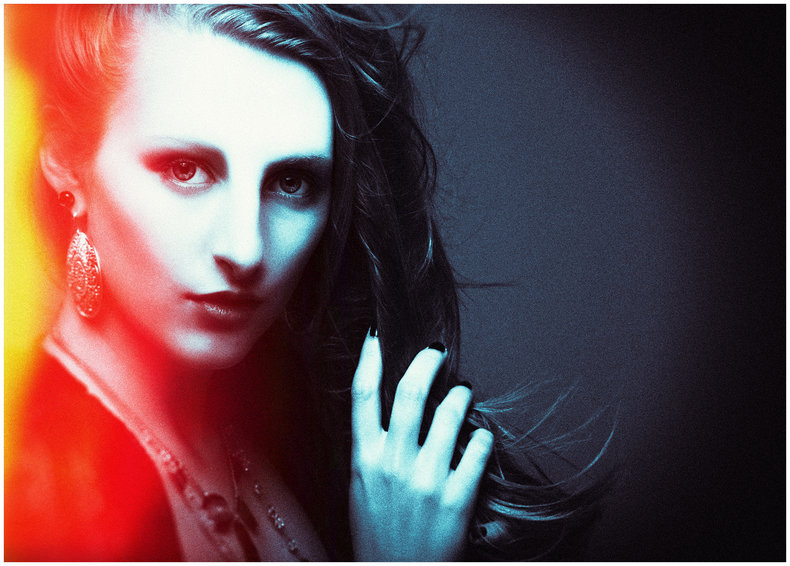
 |
A-Z | Popular | Blog | Color | Search » |
Does Color Exist? John Spacey, May 05, 2020 updated on April 26, 2023
 Color vs LightColor is perception of wavelengths of light known as the visible spectrum from 380 to 740 nanometers. Light outside of this spectrum exists but we are oblivious to it without using tools that can detect this light such as a digital sensor.There are a large number of differences between the properties of physical light and human perception of color. For example, we perceive a mix of many wavelengths of light as white. As such, we perceive white as uncolorful and plain when in fact it is a diverse spectrum of light. This is likely a survival mechanism that prevents our brain from becoming overloaded with color as sunlight is white. Beyond white, our brain oversimplifies other colors under certain conditions. For example, an effect known as color constancy whereby we perceive a familiar item as having the "correct" color even when lighting conditions have changed the color of the item. For example, people commonly perceive water as blue even when this doesn't match the light being reflected by the water.Different wavelengths of light can be perceived as much the same. For example, purple and violet are completely different wavelengths of light but are often perceived as similar. In fact, you are probably viewing this article on an RGB screen that can't display true violet wavelengths of light but simulates this with purple (red + blue).We perceive objects as having color because they absorb some wavelengths of light and reflect others. A black object absorbs all wavelengths and a white object reflects all wavelengths. The color of an object varies by lighting conditions. For example, if your light source is completely red, there is no other color to reflect such that objects will appear either red, black or grey.It is common to argue that black or white aren't colors because they don't correspond to a wavelength of light. However, all colors differ from the physical realities of light such that this isn't a valid argument. Color is a feature of human cognition not a feature of the physical world. If we perceive black as a color, it's a color.NotesColor is a construct of the mind is that it is based on assignments of wavelengths of light to concepts such as violet, green, blue, yellow and red. For example, the wavelength 625–740 nanometres is perceived as red. Color perception is a survival mechanism that is highly adapted to our environment. For example, we perceive colors such as blue as cool and colors such as red as hot. This has nothing to do with the properties of light and everything to do with elements found on Earth such as water and fire.Color TheoryThis is the complete list of articles we have written about color theory.If you enjoyed this page, please consider bookmarking Simplicable.
Color TheoryAn overview of color theory.ColorsA large collection of color palettes.Color Characteristics
The basic characteristics of colors.
Color Saturation
The definition of color saturation with examples.
Color Purity
The definition of color purity with examples.
Primary Colors
An overview of different types of primary colors.
Color PerceptionThe characteristics of color perception.Matching Colors
Palettes of matching colors by matching method.
Light Red Is A Color
Why light red is a color with examples.
Color Theory Definition
Definitions of color theory.
Color Theory
The study of color mixing and the visual effects of color.
Impossible Colors
Colors that can't be seen under normal circumstances.
Color HarmonyWhy colors match or clash.ColorThe definition of color.Color SymbolismA definition of color symbolism with examples.Sensory DesignA definition of sensory design with examples.Rainbow Colors
An overview of the colors of the rainbow including a few common myths.
TrendingThe most popular articles on Simplicable in the past day.New ArticlesRecent posts or updates on Simplicable. Site Map
© 2010-2023 Simplicable. All Rights Reserved. Reproduction of materials found on this site, in any form, without explicit permission is prohibited. View credits & copyrights or citation information for this page. |